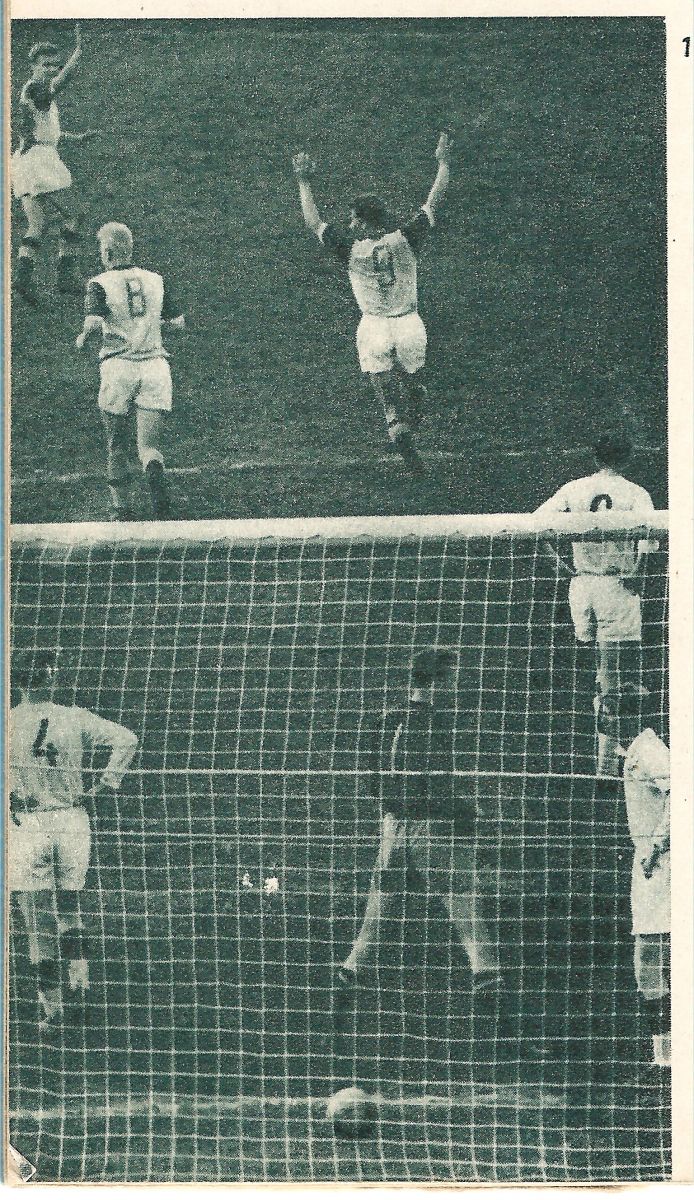Kalevi Keskstaadion on:
[Wikipedia]
[Google]
[Amazon]
Kalevi Keskstaadion is a
/ref>
 In 1960, Tallinna Kalev joined the
In 1960, Tallinna Kalev joined the
XVIII tantsupidu (1).jpg, Kalevi Keskstaadion is also a venue for Estonian Dance Celebration.
XIX üldtantsupidu 02.JPG, Stadium at its full capacity.
XIX üldtantsupidu, ettevalmistused 01.JPG
Kalevi Keskstaadion.jpg, The stadium in 2019
multi-purpose stadium
A multi-purpose stadium is a type of stadium designed to be easily used by multiple types of events. While any stadium could potentially host more than one type of sport or event, this concept usually refers to a specific design philosophy tha ...
in Tallinn
Tallinn () is the most populous and capital city of Estonia. Situated on a bay in north Estonia, on the shore of the Gulf of Finland of the Baltic Sea, Tallinn has a population of 437,811 (as of 2022) and administratively lies in the Harju ' ...
, Estonia
Estonia, formally the Republic of Estonia, is a country by the Baltic Sea in Northern Europe. It is bordered to the north by the Gulf of Finland across from Finland, to the west by the sea across from Sweden, to the south by Latvia, a ...
. Opened in 1955 and having a capacity of 12,000, it is the traditional venue of the Estonian Dance Festivals and the home ground of JK Tallinna Kalev. The address of the stadium is Staadioni 8, 10132 Tallinn.
Since 1955, all of the Estonian Dance Festival
The Estonian Dance Festival is a national dance and gymnastics celebration currently held every five years at the Kalevi Keskstaadion in Tallinn, Estonia
Estonia, formally the Republic of Estonia, is a country by the Baltic Sea in North ...
s have been held there.Kalevi Keskstaadion – Eesti Rahvusstaadioniks. Staadioni tn 3 arendus- ja planeeringu kontseptsioon./ref>
History
The stadium was built during the Soviet occupation of Estonia and was opened on 12 July 1955. It was the first new large-scale sports complex built in Tallinn afterWorld War II
World War II or the Second World War, often abbreviated as WWII or WW2, was a world war that lasted from 1939 to 1945. It involved the vast majority of the world's countries—including all of the great powers—forming two opposin ...
. The initial plans were grandiose: the first blueprints saw the stadium have a 30,000 capacity seating area and a 16,000 capacity standing area, as well as a 6 meter tall statue depicting Estonian folklore
The earliest mentioning of Estonian singing dates back to Saxo Grammaticus' ''Gesta Danorum'' (c. 1179). Saxo spoke of Estonian warriors who sang at night while waiting for a battle. Henry of Livonia at the beginning of the 13th century describe ...
hero Kalevipoeg
''Kalevipoeg'' (, ''Kalev's Son'') is a 19th century epic poem by Friedrich Reinhold Kreutzwald which has since been considered the Estonian national epic.
Origins
In pre-Christian ancient Estonia there existed an oral tradition of legends e ...
. However, the project was later scaled-down and saw the stadium have a capacity of 12,000.
 In 1960, Tallinna Kalev joined the
In 1960, Tallinna Kalev joined the Soviet Top League
The Soviet Top League, known after 1970 as the Higher League (russian: Чемпионат СССР по футболу: Высшая лига), served as the top division of Soviet Union football from 1936 until 1991.
The professional top level ...
and in the following two years, the stadium hosted numerous high profile football matches. The match against Dynamo Moscow
MGO VFSO "Dynamo" (russian: МГО ВФСО «Динамо»), commonly known as Dynamo Moscow (russian: Динамо Москва) is a Russian sports club based in Moscow. Founded by Felix Dzerzhinsky on 18 April 1923, Dynamo Moscow was the first ...
brought more than 20,000 people onto the stands and among the players playing was Dynamo's Lev Yashin
Lev Ivanovich Yashin (russian: Лев Иванович Яшин; 22 October 1929 – 20 March 1990), nicknamed the "Black Spider" or the "Black Panther", was a Soviet professional footballer regarded by many as the greatest goalkeeper in the h ...
, who won the Ballon d'Or
The Ballon d'Or (; ) is an annual football award presented by French news magazine ''France Football'' since 1956. Between 2010 and 2015, in an agreement with FIFA, the award was temporarily merged with the FIFA World Player of the Year (fo ...
three years after said match and is regarded by many as the greatest goalkeeper in the history of the sport.
In 1963, the stadium hosted its first Estonian Dance Festival
The Estonian Dance Festival is a national dance and gymnastics celebration currently held every five years at the Kalevi Keskstaadion in Tallinn, Estonia
Estonia, formally the Republic of Estonia, is a country by the Baltic Sea in North ...
and has remained as the traditional venue of the celebration since.
The 2000s saw the stadium's condition worsen to the point that in 2007, the Estonian FA declared the grass pitch unusable for top-flight football. In 2015, it was announced that Kalevi Keskstaadion will undergo a major renovation and the concept design also included a possibility to increase the capacity to 30,000 in the distant future. The renovation works began after the 2019 Estonian Dance Festival and the stadium was re-opened in 2022.
Gallery
References
External links
Sports venues completed in 1956 1956 establishments in Estonia Football venues in Estonia Athletics (track and field) venues in Estonia Multi-purpose stadiums in Estonia Sports venues in Tallinn Kesklinn, Tallinn {{Estonia-sports-venue-stub